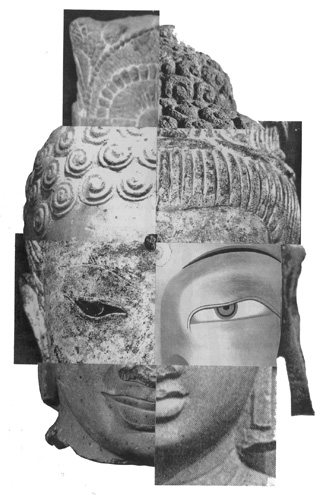“Um passo fundamental para a desconstrução de um padrão negativo é
conseguir perceber que existe prazer investido nele. Primeiro você
identifica as situações negativas que se repetem e qual o ponto comum
entre elas, ou seja, o que causa a repetição. Depois você vai atrás da
voz dentro de você que diz: “Eu quero ficar isolado; eu quero do meu
jeito ou não quero nada”; “Eu quero fracassar”, ou ainda: “Eu quero
ficar doente, não quero mais viver”. Com isso você começa a identificar o prazer que dá sustentação ao sofrimento.”
“Un paso fundamental para la desconstrucción de un patrón negativo es
conseguir percibir que existe placer invertido en él. Primero
identificas las situaciones negativas que se repiten y cuál es el punto
en común entre ellas, es decir, lo que causa la repetición. Después vas
en busca de la voz dentro tuyo que dice: “Quiero quedarme aislado,
quiero que sea a mi manera o no quiero nada”, “Quiero fracasar”, o aún:
“Quiero enfermarme, no quiero vivir más”. Con esto comienzas a
identificar el placer que da sustento al sufrimiento.”
“A
fundamental step towards deconstructing a negative pattern is being able
to perceive the pleasure we feel in it. First, we identify the negative
situations that repeat themselves in our lives and the common
denominator between them. This means identifying what causes the
repetition. Next, we go after the voices inside of us that may be
saying, ‘I want to remain isolated,’ ‘It has to be my way or I don’t
want it at all,’ ‘I want to fail,’ or even, ‘I want to get sick: I don’t
want to live anymore’. By becoming aware of these aspects within us, we
begin to identify the pleasure that sustains the suffering.”









